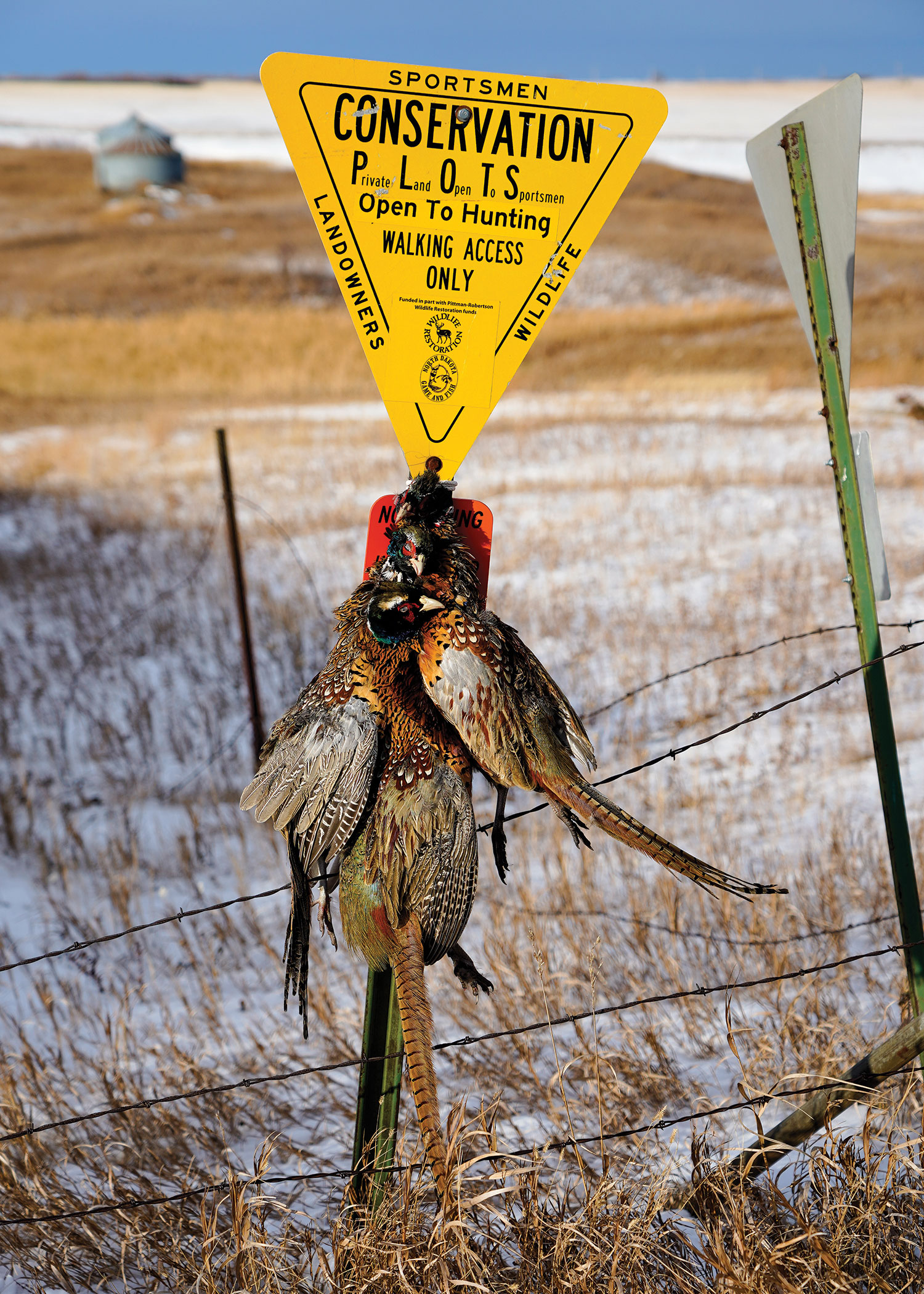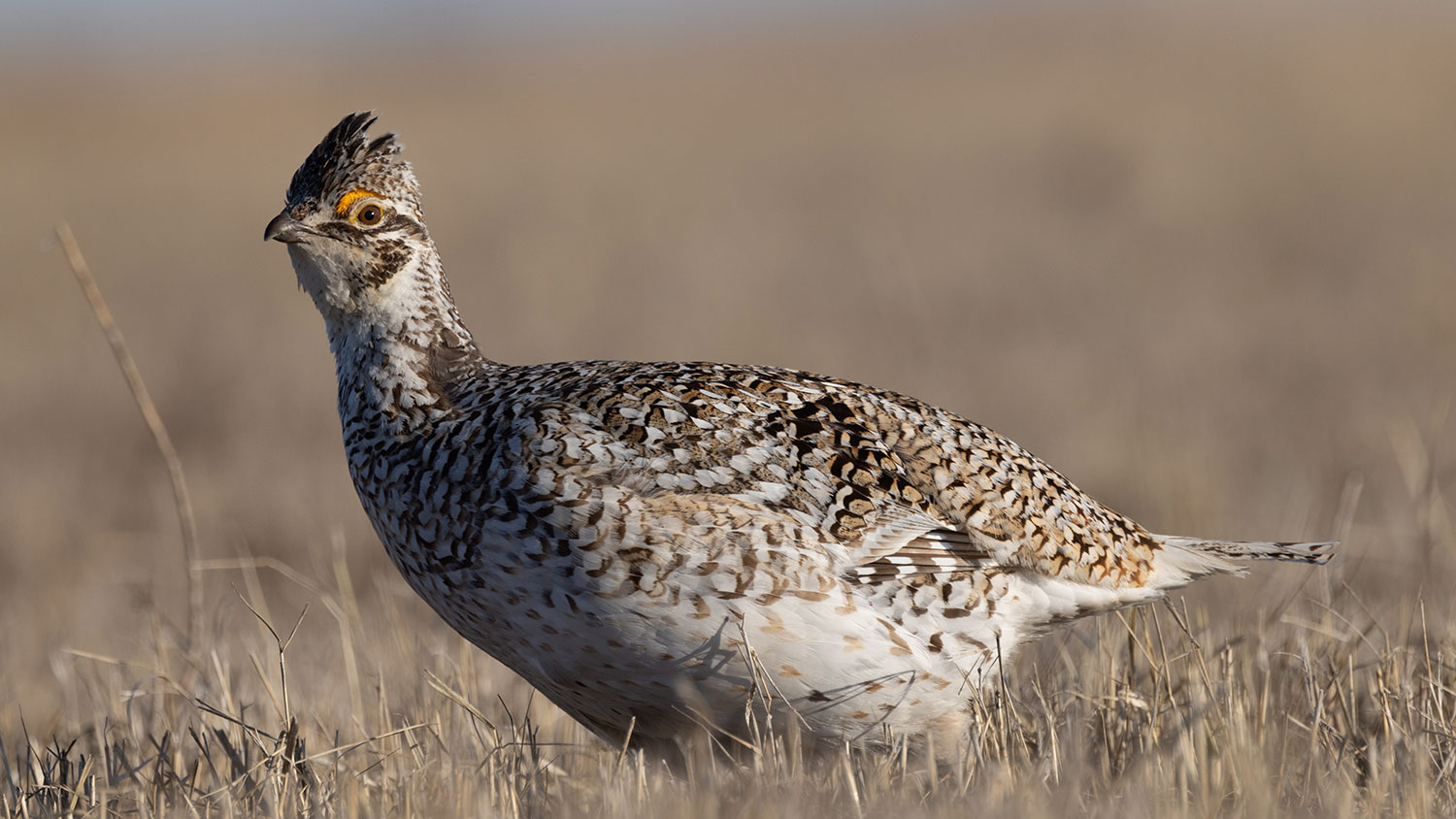Loss of CRP Continues to Sting
Editor

More than 800,000 Private Land Open To Sportsmen acres will be available to hunters this fall. That’s an increase of about 5,000 acres from 2022 for this walk-in access program that has been a fixture on the rural North Dakota landscape for more than two decades.
Kevin Kading, North Dakota Game and Fish Department private land section leader, provided an update on the PLOTS program in mid-July knowing that the summer heat would eventually surrender to cooler temperatures and fall hunting seasons.
NDO: The acreage total is similar to the last handful of years. Is it a good thing or bad thing that those numbers have been relatively stable?
Kading: Well, we’d like to have more acres, but it’s also in our minds that 800,000-plus acres is a good thing because we’re not going backwards. It just takes that much more nowadays to maintain this many acres in the program than it did 10 years ago. Field staff put in a lot of time developing habitat, working with the landowner, which can take a lot of time. It’s not just signing an agreement and we’re on our way. It’s maybe over a two-year period sometimes ... it takes time to get those acres on the ground. It’s a good thing that we’re able to maintain those PLOTS acres, but we’re still hoping to keep growing the program, too.
NDO: What are some of the hurdles in signing up landowners to the program and increasing the acreage total?
Kading: One thing that we’ve talked about for a decade is the loss of CRP in the state. When September comes around, we’re going to be under a million acres of CRP in our state.
We used to be one of the highest in the country, with 3.4 million acres. That’s a lot of habitat that’s not available anymore, which is certainly a challenge.
There are changes in land ownership and people’s interests are changing, too. While there is still interest in PLOTS, some people are just deciding it’s not for them. Commodities come and go. Ag prices come and go. We can get people interested, but they’re the ones who have to make that decision. Those are continual challenges on any private land program.
There’s a workload issue that can be a hurdle, too. We’ve got around 2,800 private landowner agreements. And some of these agreements have multiple owners, which means we have to collect multiple signatures, some people are out of state or out of the country. We validate ownership to make sure they own it, make sure that we have the proper owners, make sure the proper owners are getting paid. That’s just something we have to do and that just takes time.
Our staff is busy nonstop ... there’s no real downtime anymore. They’re either working on renewing and maintaining existing agreements or searching out new prospects for the next year. While that’s a good thing, it’s certainly a hurdle because we can only do so much in a day, week or month.
NDO: In the last legislative session, lawmakers approved three new Private Land Initiative positions. One of those new positions was habitat manager. Explain the role and focus of the Department’s new habitat manager?
We encourage hunters to pick up their garbage, don’t leave shells laying around and make sure to leave gates the way you found them if there are gates on the property.
We also encourage hunters to know their boundaries. That’s certainly one thing that’s more available now with all the electronic apps, different platforms. We sign PLOTS areas, but we’re actually looking to place fewer permanent signs on the landscape just because of all the electronic features that people are using.
It’s ultimately the hunter’s responsibility to know where they’re at and know the rules. There are rules posted on our website and in the PLOTS Guide addressing what you can and can’t do on PLOTS. It’s not a free for all. For example, shooting clay pigeons or camping is not allowed. PLOTS are for walk-in hunting access only. Anything outside of that, hunters need to get permission from the landowner.
NDO: On a more positive note, what do you hear from landowners who are supporters of the PLOTS program?
Kading: We’ve heard everything from the payments are appreciated because they help pay the taxes to they just really enjoy sharing the land. Some landowners feel an obligation to share the land and they really enjoy it because they grew up hunting and they like seeing people come out. We’ve had landowners tell us they’ve established long-term friendships with some of these people who have come to their property to hunt. They don’t have to stop in and ask permission or knock on the door, but they do to simply tell the landowner thank you, which is really nice to hear. We do hear from landowners in our program who say that they get thank you cards in the mail or someone will stop by to shake their hand and give them some fish that they caught. I think that’s pretty neat. Overall, the PLOTS program has been very well received by landowners according to the positive comments we’ve received over the years.
NDO: The Game and Fish Department has provided a printed PLOTS Guide to users on an annual basis for more than two decades, yet the demand, considering the ability to access the guide electronically, has declined over time. What are your thoughts about simply making the guide and maps available in an electronic version only down the road?
Kading: That time is coming. Everything is kind of going that paperless route, and users have the ability today to access the guide electronically. I could see us discontinuing the printed version down the road. The guide would still be available online to be printed if somebody needed that or wanted that. Most hunters are using all these different smartphone apps and it’s the way things are going, and it’s certainly pretty handy and user friendly.

